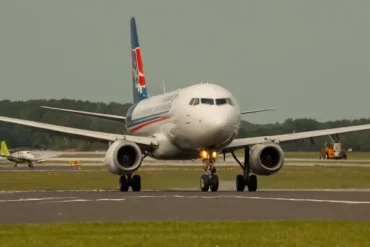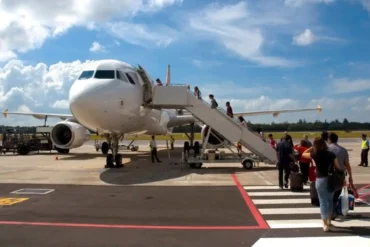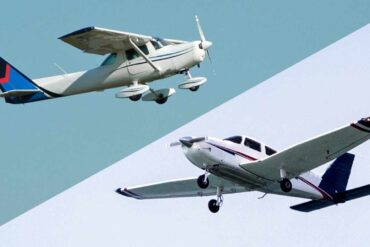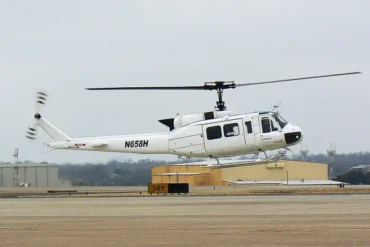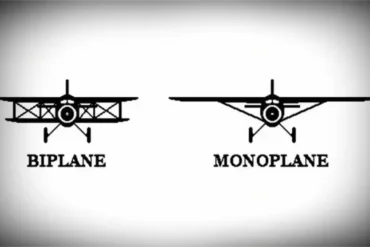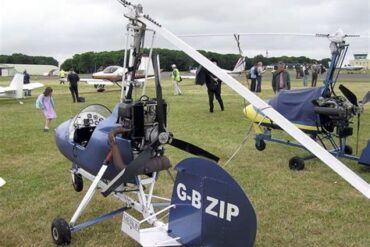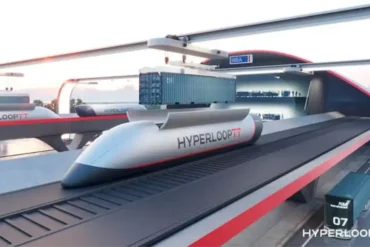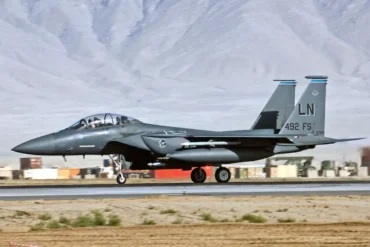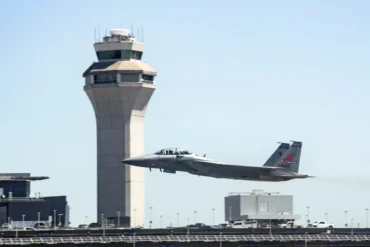Ever wondered why planes sometimes seem to fly faster than usual? It’s all about airspeed and ground speed – two ways we measure how fast a plane is moving.
Key Takeaways
- Airspeed is how fast a plane moves through the air around it, while ground speed is how fast it’s actually traveling over the ground, taking into account wind speed.
- A strong tailwind can make a plane’s ground speed higher than its airspeed.
- Airspeed isn’t just for planes – it affects fuel efficiency in cars too, giving a more accurate picture of how fast and efficiently you’re really traveling compared to what your speedometer says.
Here’s a cool story: In February 2019, a Virgin Atlantic Boeing 787 flying over Pennsylvania on its way from Los Angeles to London hit an amazing speed of 801 miles per hour (1,289 kilometers per hour), according to CBS News.
But hold on – the plane itself wasn’t actually going that fast. It’s like a runner with a strong wind at their back. The plane caught a super-fast jet stream – a wind blowing at 231 miles per hour (371.7 kilometers per hour). This jet stream was the fastest in over 60 years!
As CBS News explained, this made the 787 travel much faster than its usual cruising speed of 561 miles per hour (902.8 kilometers per hour).
This story really shows the difference between airspeed and ground speed.
NASA explains it like this: ground speed is how fast the plane is moving compared to a fixed point on the ground. Imagine watching the shadow of a plane move across the ground – that’s ground speed. When there’s a strong wind, it changes the ground speed.
On the other hand, airspeed is how fast the plane is actually flying on its own, without the help of the wind. You get this by subtracting the wind speed from the ground speed. NASA puts it simply:
When there’s no wind, airspeed and ground speed are the same. But if the wind is blowing in the same direction the plane is flying, the airspeed will be less than the ground speed.
Interestingly, airspeed matters for cars too, not just planes. A study from 2013 in the International Journal of Energy and Environmental Engineering found that a car’s airspeed on the highway has a big impact on fuel efficiency – even more than ground speed or what your speedometer says.
A Fun Fact to Wrap Up
Here’s something cool to think about: NASA points out that a kite can help us understand the difference between ground speed and airspeed in a really simple way. When you’re flying a kite, its ground speed is actually 0 miles per hour because you’re holding it in place with the string. But it’s definitely moving through the air, right? That movement is its airspeed, which is the same as the speed of the wind. Pretty neat, huh? It’s like the kite is a tiny plane that’s standing still over the ground but still “flying” through the air!
Answering Some Common Questions
How does GPS help figure out ground speed?
GPS technology gives accurate measurements of a plane’s ground speed by calculating how it’s moving across the Earth’s surface.
How do pilots deal with wind to make sure they’re flying at the right speed?
Pilots use special airspeed indicators that take wind into account. This helps them adjust their speed to maintain the right airspeed for safe flying.


